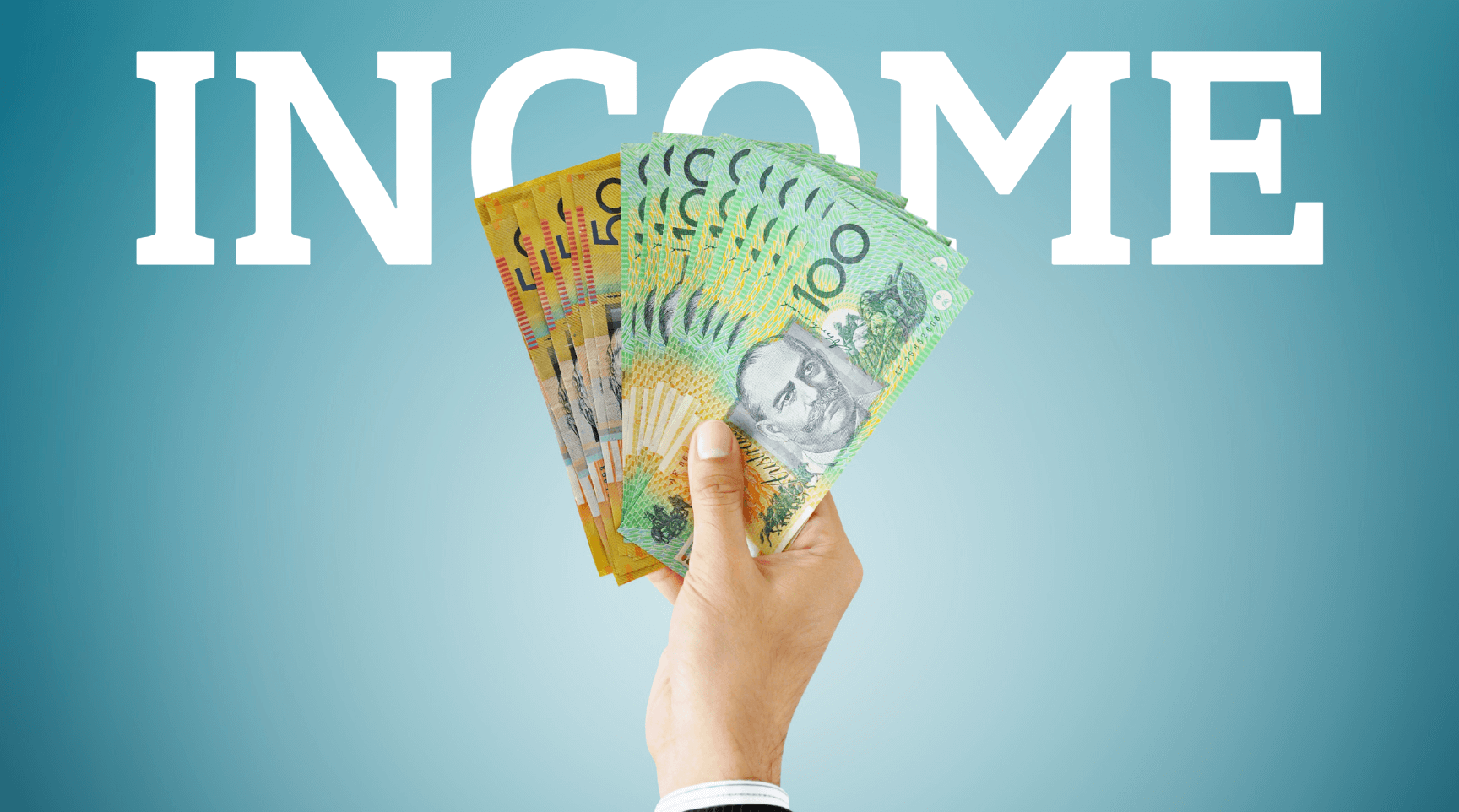Principal and interest vs interest only home loans – Which is best for you?
An important part of your property investment strategy is choosing your loan structure. Should you pay interest-only, or principal and interest? The answer is, “it depends…”
The most popular option may not be the best
Interest-only is the most popular option among property investors. This approach means you’ll have more cash flow to put towards other investments or other financial commitments. But that doesn’t mean it’s the right option for you.
Right now, interest rates are low, and some investors are using this opportunity to put more money down each month, paying principal and interest. They’ll pay their loan off faster, and if interest rates go up (which inevitably, they will), they’ll be in a better position to keep up with repayments. But again, this strategy might not be right for you.
So, what should you choose? To decide, you really do need to know a little more. Let’s go into more detail about each approach, how they work, and the pros and cons of each. Then you’ll be able to confidently choose the right loan set up for your goals and strategy.
What is a Principal and Interest loan?
Principal – The amount you borrowed from the bank. The Principal portion of the payments goes toward actually reducing the loan.
Interest – The percentage(%) on the currently owed principal (how the banks make money) that you will pay along with your principal.
Most Principal and Interest (P&I) loans are set up so you gradually pay your loan down to $0 in a set amount of time, usually 30 years. Eventually, you don’t owe the bank anything and the asset is 100% yours.
However, this does not mean you will be paying the same amount of principal or interest throughout your loan. In reality, at the start of your loan the interest portion will make up the majority of the monthly repayments then, as the loan is paid down, the interest portion decreases and the principal portion increases.
Let’s take a look at an example to better understand it works.
Example:
If you buy a $600,000 house, put down a 20% deposit and borrow an 80% loan of $480,000 to complete your funds, that 80% will be the amount you will be paying down with your principal.
With a loan size of $480,000 and an interest rate of, for example, 3.59% the monthly repayments will work out to be $2,180. During the first month of payment, this $2,180 is comprised of ~$1,450 in interest and ~$750 in principal.
Five years down the line however, the interest portion of the repayment is now ~$1,300 since the loan has been paid down to ~$430,000, meaning the difference of around $150 every month goes towards your principal – paying down the loan faster.
This compounds as you pay down your loan at an increasing pace. More of the monthly repayments go toward your principal, reducing your interest and further snowballing your principal to interest ratio.
Here’s how this loan’s monthly repayment Principal and Interest ratio would look over time:
| Year | Principal | Interest |
| 0 | $744 | $1,436 (66%) |
| 10 | $1,027 | $1,153 (53%) |
| 20 | $1,469 | $710 (32%) |
| 30 | $2,103 | $77 (4%) |
However, this is assuming a number of things:
- Your loan’s interest rate stays the same
- Your monthly payments are paid in full and in a timely manner
- You do not make any extra repayments
Pros and cons of a principal and interest strategy
Most homeowners (and many property investors) choose principal and interest loans because of the following benefits:
- It gets them to put away more money (sort of like forced savings)
- You can sometimes access the money through a redraw account, so the funds you put into your property are still available if you need them
- You can reduce the amount of interest you pay long-term
- You’ll fully own the property once it’s paid off
- You won’t need to stress as much about future interest rate increases because you won’t owe as much money
Generally, it’s smart to use this strategy if you’re paying off the house you live in since the interest you pay isn’t tax-deductible. But if your loan is for an investment property or you’re thinking about moving out and letting renters move in, it might be better to stick to interest-
only payments.
What’s an interest-only loan?
An interest-only loan is a lot simpler because you’re just paying for the interest component, along with any fees. Your interest-only loan will expire after a set period (anywhere from 1 to 10 years is normal) and then you’d normally negotiate with your lender for a new period.
Let’s say you choose an interest-only loan on the same property we talked about in the previous section. Instead of paying the full principal and interest, you’d only pay the $2,000 interest each month and since your loan amount stays at $400,000 during the interest-only period, the monthly interest payment would remain the same, as long as your interest rate is
fixed.
Pros and cons of an interest-only strategy
This article has already touched on the benefits of an interest-only strategy for property investors, but let’s go a little deeper. Usually, interest-only loans are the top choice for investors. Here are a few reasons for this:
- Investment properties are expected to go up in value over time (capital growth)
- You’ll have extra cash flow each week that can go towards other investments, like
building up the deposit for another property - Or the extra cash might go towards paying off other debts at higher interest rates
(like credit card debt or a car loan) - Interest on your investment loan is tax deductible, which can give you a nice, big tax return each year
If you’re considering an investment only strategy, you should keep the following points in mind:
- Right now, interest rates might be favourable, but when your term is up or the fixed rate period ends, will you be able to afford your payments at a higher rate?
- If you switch your 30-year loan to principal and interest after 5 years of paying interest-only, it may give you less time to pay off the loan (just 25 years) which can increase your monthly loan repayments
- Even if you choose interest-only, lenders will still expect you to show that you can repay the remaining loan balance
- An interest-only strategy might leave you overexposed if the market drops in value (for example, if your property is valued at less than what you paid)Tip: You can still reduce your interest repayments when you have an interest only loan, by putting extra funds into an offset account linked to the loan. This means you’re not committed to paying more each month.
Tip: You can still reduce your interest repayments when you have an interest only loan, by putting extra funds into an offset account linked to the loan. This means you’re not committed to paying more each month.
So, which loan type is right for you?
It will all depend on your situation, your goals, and the level of risk you’re comfortable with.
But choosing the right loan set up will make a huge difference – from your weekly cash flow now to your financial position in 20 years’ time. So, do your best to get it right.
The best thing you can do is talk to a professional who understands your situation and has plenty of experience with different loan products.
And don’t stress too much… if you decide to change your loan setup down the track, you can. Or if you already have a loan and want to switch strategies (now that you understand the pros and cons of each approach), it’s not too late.
Want help? You don’t have to figure it out on your own. Contact us or head to Rateseeker to start comparing your options for different types of loans.
** General Advice Warning
The information provided on this website is general in nature only and it does not take into account your personal needs or circumstances into consideration. Before acting on any advice, you should consider whether the information is appropriate to your needs and where appropriate, seek professional advice in relation to legal, financial, taxation, mortgage or other advice.




